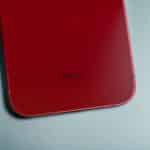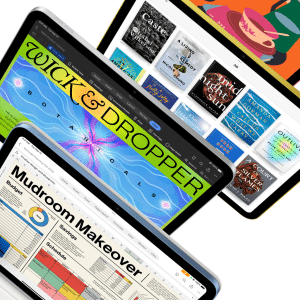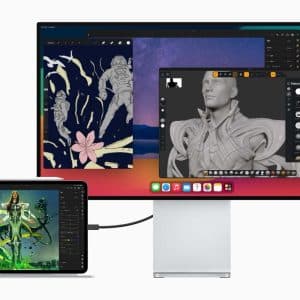At the heart of Apple’s quality control mechanism lies its unique QR code system, a revelation shared by a report from The Information. These QR codes, with one so minuscule that it matches a grain of sand’s size, are ingeniously positioned on the iPhone displays. To decode this tiny barcode, specialized equipment is necessary. A slightly larger counterpart can be found discreetly placed on the display’s inner bezel.
Such meticulous tracking didn’t come easy or cheap. Apple invested millions in perfecting this barcode process and ensured its adoption by introducing laser scanning apparatuses at Lens Technology and Biel Crystal, prominent names in iPhone cover glass manufacturing.
The rationale behind this strategy is compelling. Through these barcodes, Apple gains an unparalleled insight into every piece of glass that comes out of Lens’ and Biel’s production lines, along with a detailed record of defective pieces and material wastage.

When the barcodes were first introduced, startling numbers emerged, revealing that almost 30% of the cover glasses faced rejection owing to manufacturing blunders. Apple’s unwavering focus on quality has driven this figure down to a mere 10%, translating to significant savings amounting to hundreds of millions, given that Apple bears the production costs.
This system, in operation since 2020, empowers Apple to accurately identify the manufacturer and pinpoint the production date, facilitating efficient monitoring of production levels and yield rates. Although the use of barcodes isn’t new in tracking iPhone components, their application had predominantly been restricted to metal parts until this innovative leap.

Those keen on diving deeper into this barcode journey, including the intricate steps leading to their display integration, can find exhaustive details in The Information‘s comprehensive report.











